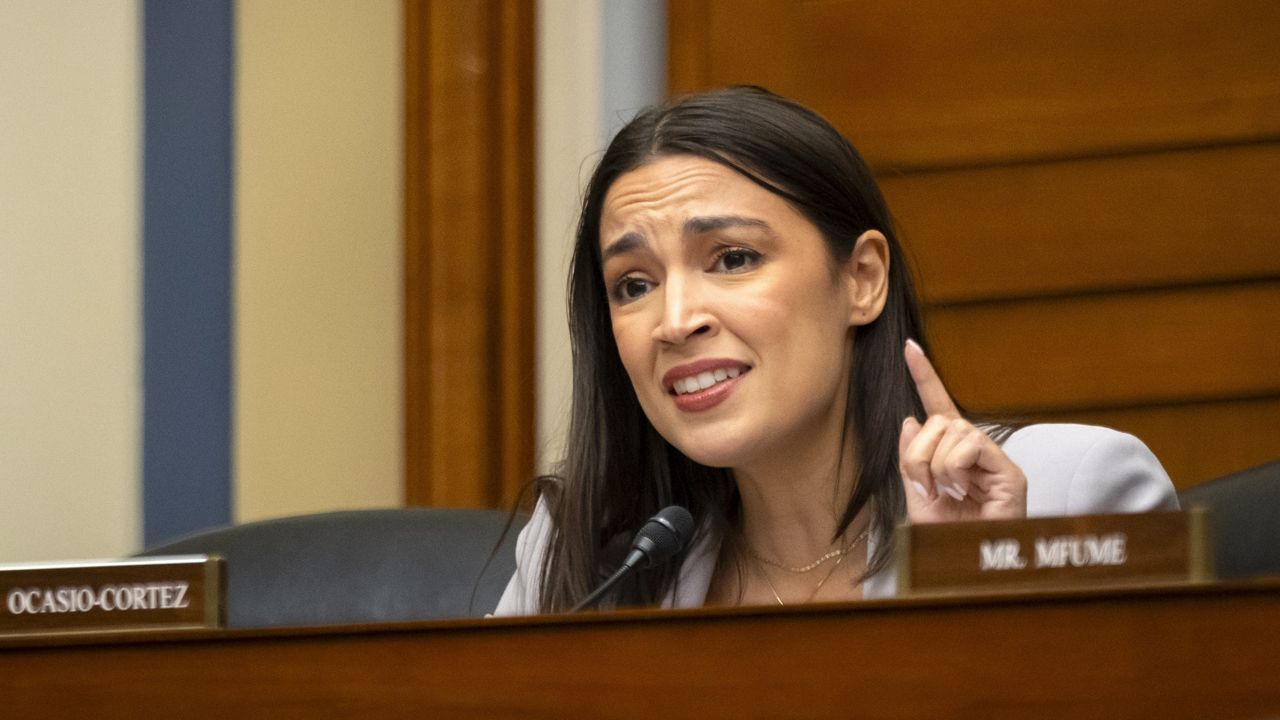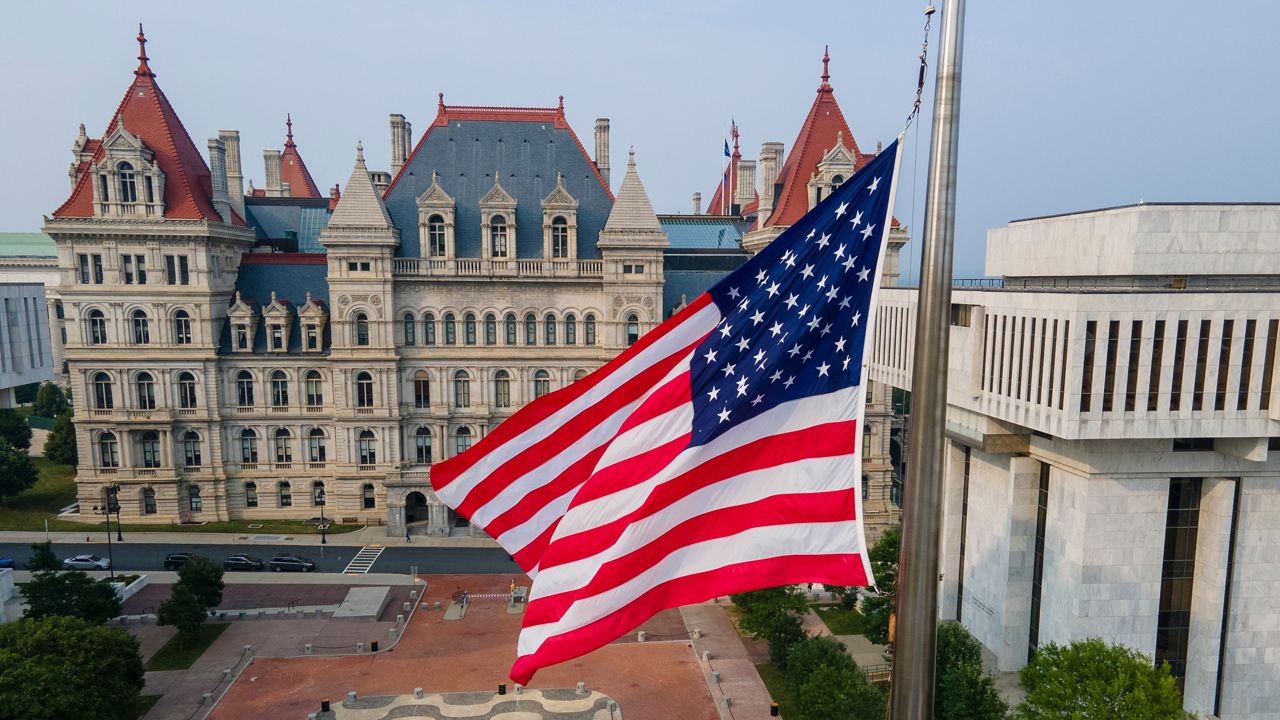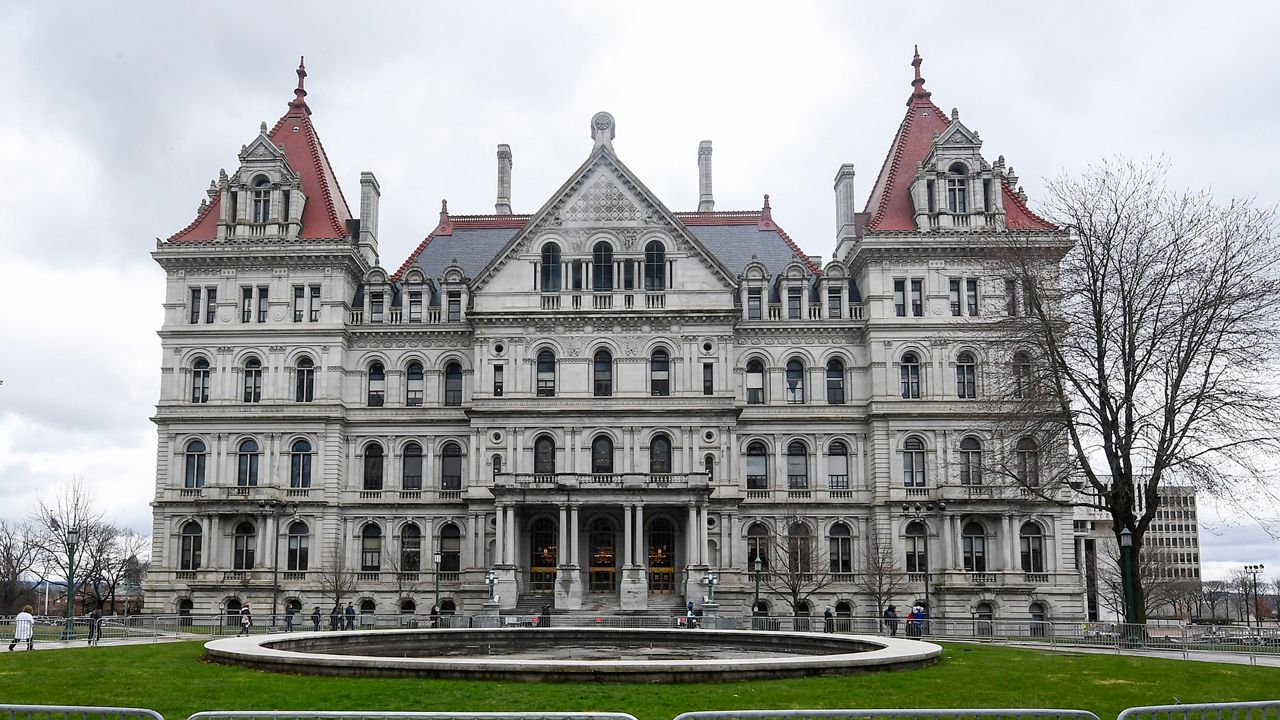A court-appointed special master released New York's new state Senate district lines Monday, releasing a draft plan for the next decade that will lean Democratic for more than half of the upper house.
Jonathan Cervas, of the Institute for Politics and Strategy at Carneige Mellon University, reconfigured the state's 63 Senate seats from the Legislature's original plan struck down by New York's highest court for unconstitutional gerrymandering last month to have between 315,450 and 329,505 constitutents each.
The lines were released just before 5 p.m. Monday, about five hours after the draft congressional maps were published.
“Because of relative population loss, two districts have been shifted and there are necessary changes throughout the state to reflect population changes,” Cervas wrote on the draft Senate plans, due by Friday.
The new Senate map reflects 38 districts that lean Democratic, 10 that lean Republican and 15 in the 45-55% competitive range, based on 2016 and 2020 election data.
"It still provides the Democrats with a large majority," said Jeff Wice, senior fellow at the N.Y. Census & Redistricting Institute at New York Law School. "It will be very hard, if not impossible, for Republicans to win all 15 competitive races. The Democrats should go into the next Legislature with a strong majority."
Democrats secured a supermajority in the Senate after the 2020 election.
Cervas did not take incumbent addresses into account when redrawing the congressional or Senate districts, basing the lines on standards outlined in the state constitution.
The maps will be open for public comment submitted to the state Supreme Court through Wednesday.
State Supreme Court Justice Patrick McCallister will move to finalize the plans by Friday.
Senate lines were redrawn to be more succinct and equally populated, undoing much of the gerrymandering done the last time lines were manipulated in 2012, Wice said.
Ten years ago, Senate Republicans and Assembly Democrats redrew and adopted drew maps that worked to minimize Democratic opportunities in New York City, Wice continued.
Previously contorted downstate Senate seats encapsulating voters in the Bronx, Queens and Brooklyn were redrawn to be much less partisan, he added.
"This new map cleans up a lot of the gerrymanders from 10 years ago," Wice said, "They're all very compact."
Deputy Senate Majority Leader Mike Gianaris' Queens district does not sprawl as far to the south, Wice said, adding the 20th Senate District, represented by Sen. Zellnor Myrie, a Democrat, no longer contains a hook extending from Brooklyn's Crown Heights to Sunset Park neighborhoods.
Likewise, the 22nd Senate District, held by Sen. Andrew Gounardes, no longer snakes across eight Southern Brooklyn neighborhoods, Wice noted.
"The districts are shaped much more normally and much more compactly," Wice said. "Sen. [John] Liu's district and Sen. [Toby Ann] Stavisky's districts were also unwound from each other."
Districts across upstate New York offered few surprise with compact lines are largely straightforward, said Wice, who commended the lines for working well around the oddly shaped boundaries of other bordering states.
"District 37 has to accommodate the upstate versus downstate population squeeze, plus the reality of the Connecticut border," Wice said of the Hudson Valley seat. "It works around the Connecticut border well. Otherwise, looking around the state, all the districts are pretty compact."
McCallister is expected to accept the Senate plan, barring any technical or geographic error.
"Barring any obvious errors, it's likely this plan will be ordered into effect for use into this year's elections," Wice said.
Primaries for U.S. House and state Senate races were pushed back to Aug. 23, with the primary for statewide offices and state Assembly races set for June 28.








